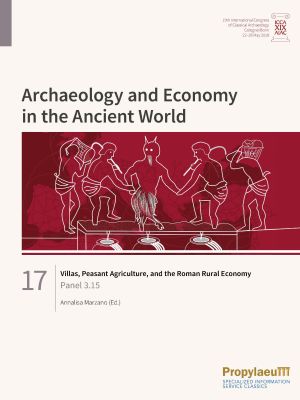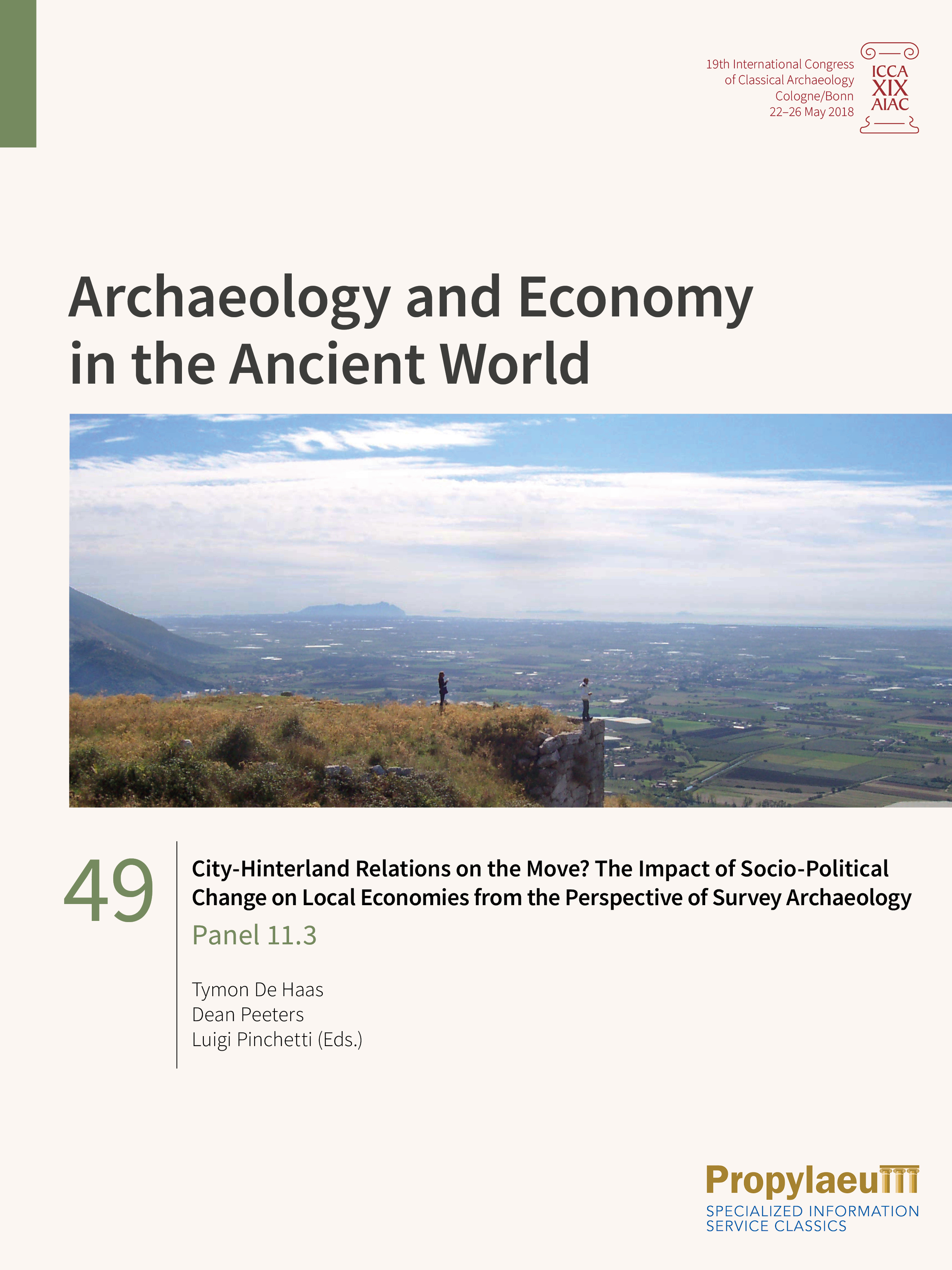Tol, Gijs
Villas, Peasant Agriculture, and the Roman Rural Economy: Panel 3.15
The Roman villa was a defining element of the Roman world and its appearance and spread, both in various regions of Roman Italy and abroad, have been linked to various historical phenomena: Rome’s territorial expansion, the establishment of colonial settlements, and the indigenous elites’ readiness to participate in forms of Roman life. While traditional historiography has seen the spread of large villas in Republican Italy as a phenomenon that displaced small and medium landowners from the land, and thus contributed to Rome’s socio-political problems, recent studies have stressed that large villas and farms were not at variance with each other. The papers gathered in this volume aim at giving a more organic evaluation of how the ‘villa economy’ and the ‘peasant economy’ operated, and to what degree, if any, the two were integrated. It does so by addressing two main questions: whether villas and small and medium farms were part of two distinctive productive and distributive systems or not; and to what extent the picture emerging from provincial territories compares with the situation in Roman Italy.
City-Hinterland Relations on the Move? The Impact of Socio-Political Change on Local Economies from the Perspective of Survey Archaeology: Panel 11.3
While the impact of major societal transformations on town and country has always been a central topic in field survey archaeology, recent methodological and theoretical advances are offering novel perspectives on this subject. Increasingly intensive field walking techniques, artefact collection strategies and both typological and technological artefact studies have transformed our understanding of rural settlements and ceramic consumption, especially of local (coarse) wares. These developments enable us to study changes in local systems of production and exchange with much more spatial and chronological detail, and in turn contribute to a revision of the impact that large-scale transformations had on local settlement systems and economies.
The papers in this volume explore how survey archaeology can refine our understanding of the links between socio-political change and local economic landscapes. Focusing on different micro-regions in Italy and Greece, the papers present new work that combines archaeological field surveys and ceramic research. Using both tested and novel methodologies, they explore socio-economic change (in consumer practices, systems of agricultural and artisanal production, exchange networks) in the context of the development of the Greek polis, of Roman expansion in different parts of Italy, and of the transformation of Late Antique (local) landscapes in Italy and Greece.








